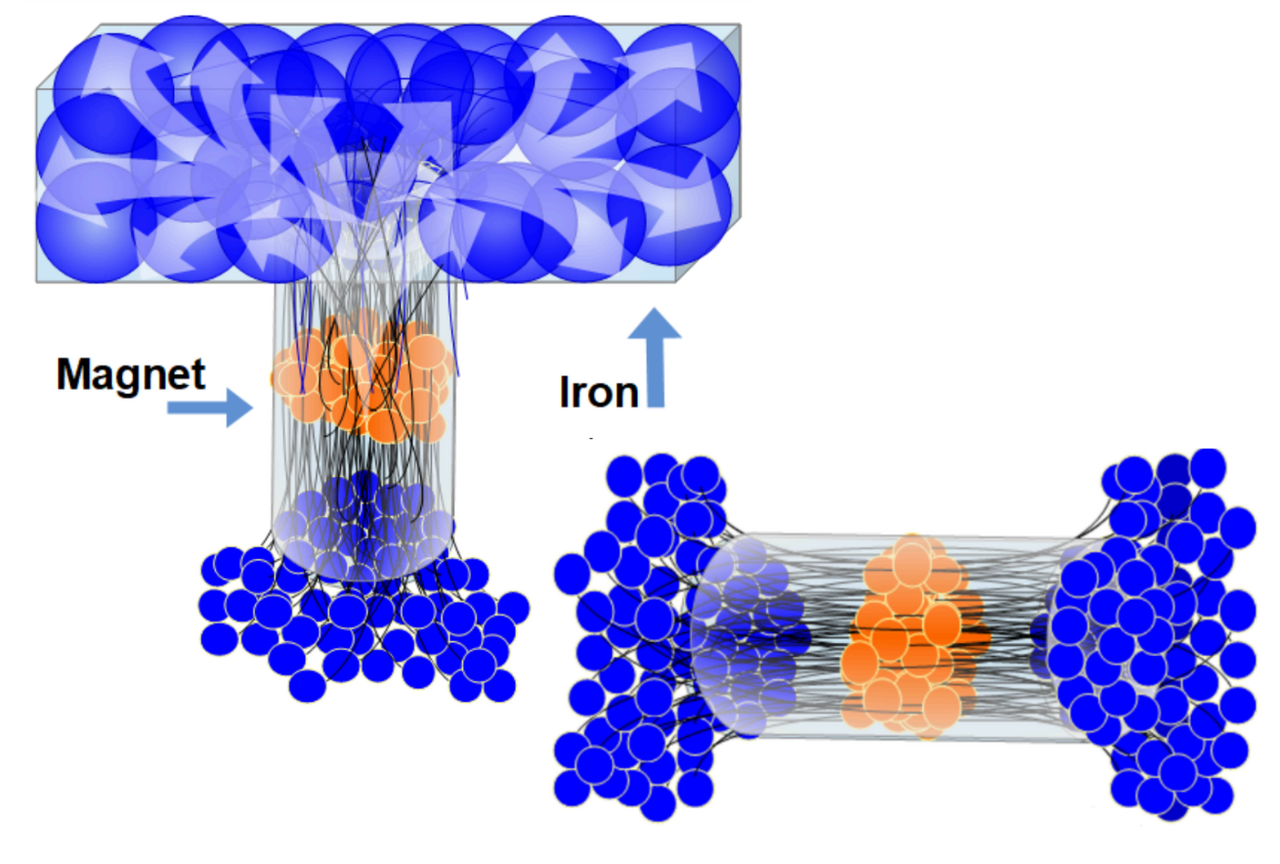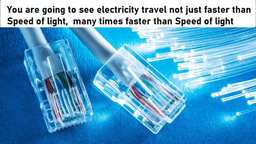Theory of Nature: Unified Properties of Magnetism, Electricity, and Light
Published in Physics

Follow the Topic
-
Indian Journal of Physics

-
Physics in Perspective

-
Science China Physics, Mechanics & Astronomy

-
Theoretical and Mathematical Physics

-
Technical Physics

-
Discover Physics

A fully open access, peer-reviewed journal supporting multidisciplinary research and policy developments across all fields relevant to physics.
Related Collections
With Collections, you can get published faster and increase your visibility.
Altermagnetism: New and Novel Phase of Matter
Altermagnetism is a newly discovered magnetic phase that combines the collinear order of antiferromagnets with the spin-splitting properties of ferromagnets, yet maintains zero net magnetization. Unlike traditional magnetism, altermagnets exhibit large, momentum-dependent spin splitting in the absence of spin–orbit coupling, protected by crystalline symmetries and arising purely from nonrelativistic exchange interactions. First proposed theoretically in 2022 by Šmejkal et al., altermagnetism has since gained attention for its potential in spintronics, offering high spin polarization, anomalous Hall effects, and ultrafast switching without magnetization-based constraints. First-principles calculations have identified materials like MnTe, RuO2, and CrSb as candidates, with experimental efforts now underway to confirm altermagnetic signatures via ARPES and spin transport. This emerging class has also been linked to topological effects, opening avenues in quantum and dissipationless device applications.
Topics of interest include, but are not limited to:
- Theoretical Models of Altermagnetism
- Magneto Chiral Anisotropy in Quantum Materials
- Spin Spiral Configurations in Altermagnetic Systems
- Topological Phases and Altermagnetism
- Quantum Anomalous and Orbital Hall Effects
Keywords: Altermagnetism, Magneto chiral anisotropy, spin spiral, Quantum material, quantum anomalous Hall effect, Orbital Hall effect, spin Hall effect, Topological phases
Publishing Model: Open Access
Deadline: Aug 31, 2026
Advancements and Applications in Plasma Physics
Plasma physics is the study of a state of matter comprising charged particles and fluids interacting with self-consistent electric and magnetic fields. Plasmas are usually created by ionizing atoms and molecules via discharge or irradiation of high-intensity beams of light. Exploring and discovering physics in plasmas is essential for advancing various applications in space and astrophysics, controlled fusion, accelerator physics and novel radiation sources.
This Collection will focus on new physics and applications manifested in laser-produced plasmas, magnetically confined plasmas, and astrophysical plasmas, etc, such as generation of short bursts of x-rays and terahertz rays, novel mechanism and schemes of plasma-based acceleration, new physics and schemes for inertially or magnetically confined fusion, etc. The contributing authors will together with the editors compile a collection of articles that discover physics in plasmas and explore advanced applications, with the goal bridging and benefiting the diverse fields . We are aiming at original research on the investigation of plasma physics both theoretically and experimentally, while also welcoming reviews that cover relevant aspects of this topic.
Keywords: Plasma physics, laser-induced plasmas, plasma-based acceleration, Novel radiation sources, New particle beams, Intense terahertz wave, Astrophysical plasmas, Confined plasmas, High-field physics, Ultrafast and ultraintense laser.
Publishing Model: Open Access
Deadline: Jun 30, 2026
